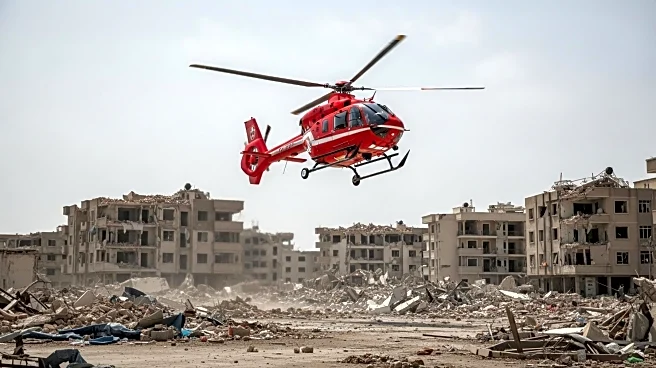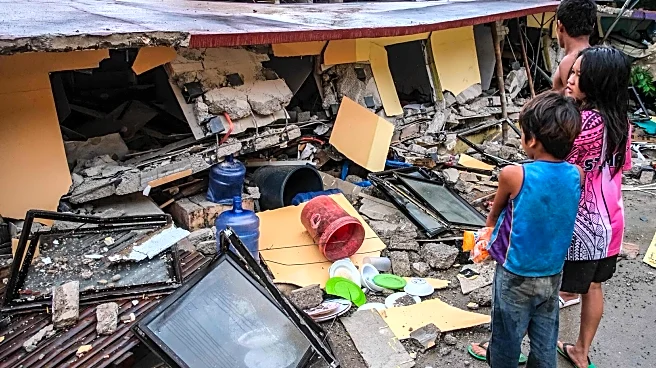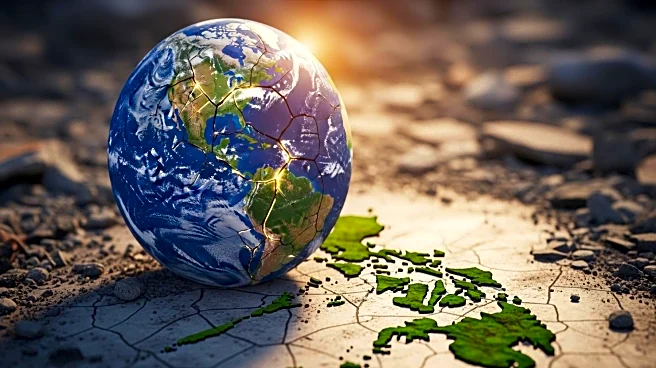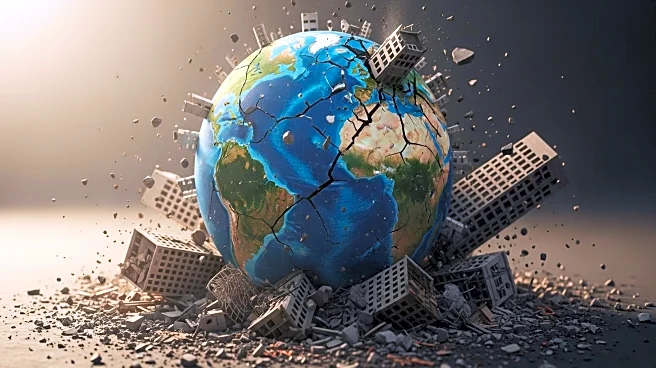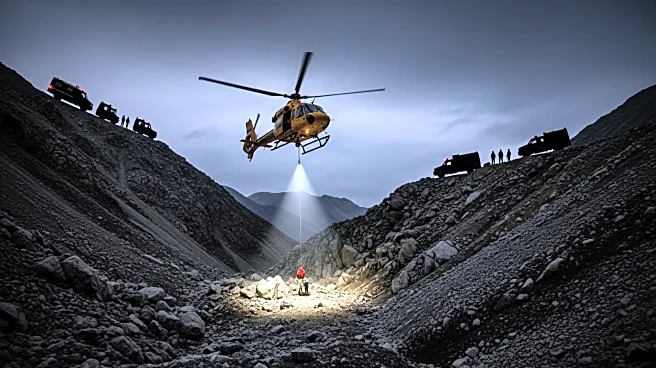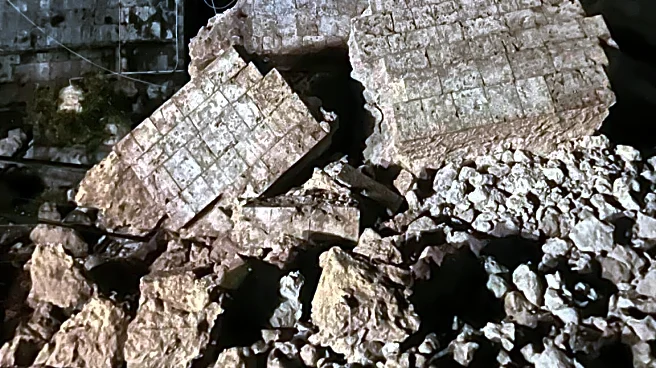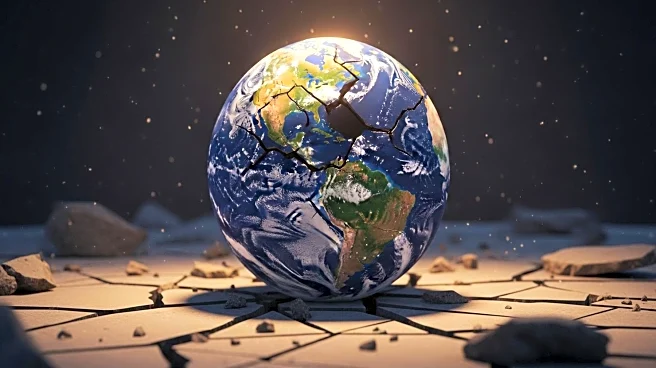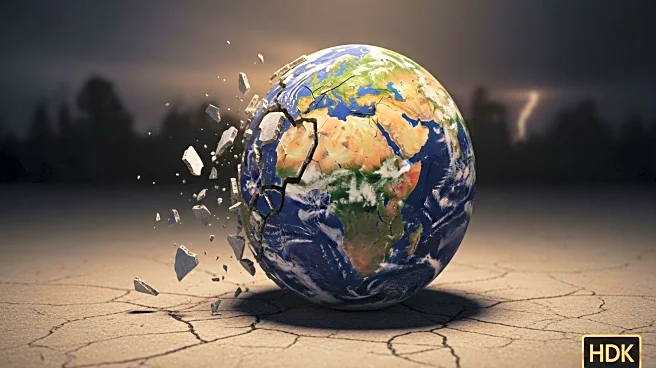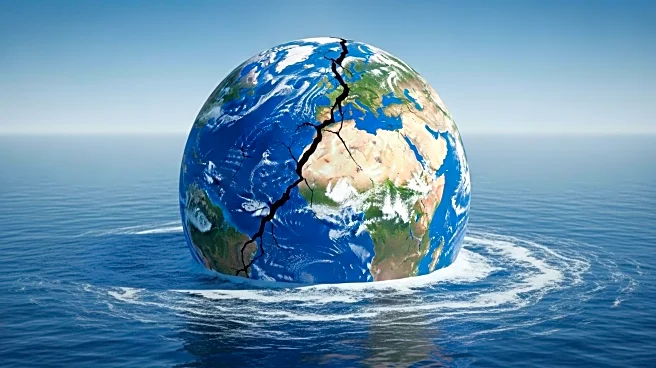What's Happening?
A powerful 6.9-magnitude earthquake struck off the coast of the central Philippines, killing at least 69 people. The quake occurred at 9:59 p.m. local time on Tuesday, with its center located 19 kilometers east-northeast of Bogo City. The Philippine Institute of Volcanology and Seismology recorded several aftershocks and issued a tsunami warning, which was later canceled. Rescue operations are underway, with evacuations and relief efforts being coordinated by the Philippine Coast Guard and Air Force.
Why It's Important?
The earthquake's impact is significant due to the high death toll and the disruption of local infrastructure. It highlights the Philippines' susceptibility to seismic activity and the challenges in managing such disasters. The event has interrupted local activities, including the Miss Asia Pacific International beauty pageant, showcasing the widespread effect on daily life. The ongoing relief operations will require substantial resources and coordination, potentially affecting national priorities and international relations.
What's Next?
Rescue and relief operations are expected to continue as authorities work to assist affected communities. The Philippine Air Force and Coast Guard are actively involved in providing aid and evacuating residents. The region remains vigilant for further seismic activity and potential weather disturbances, as Tropical Depression Paolo is moving over the Philippine Sea. The government may need to reassess its disaster preparedness and response strategies in light of recent events.
Beyond the Headlines
The earthquake may prompt discussions on improving infrastructure resilience and emergency response systems in the Philippines. The repeated occurrence of natural disasters could lead to policy changes aimed at better protecting vulnerable communities. Additionally, the event may influence international aid and cooperation, as the Philippines seeks support in managing the aftermath and rebuilding efforts.

